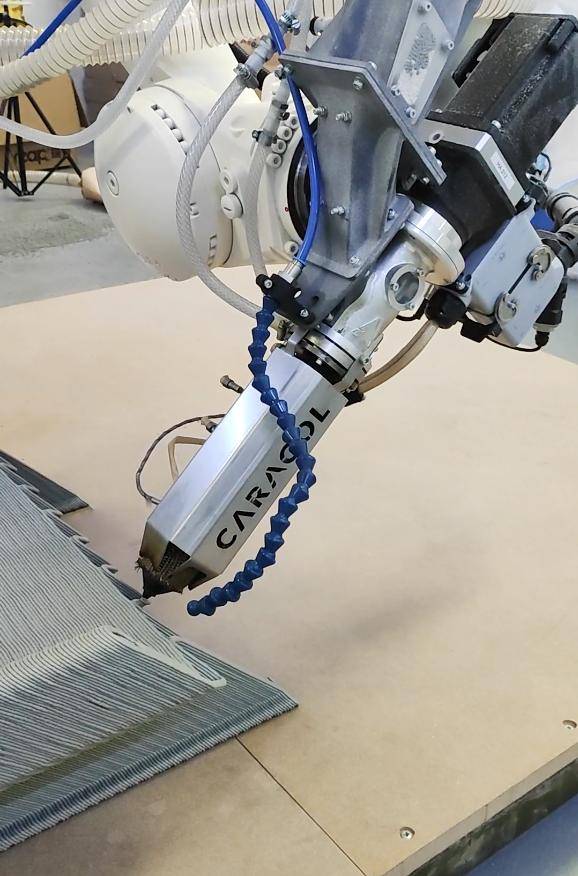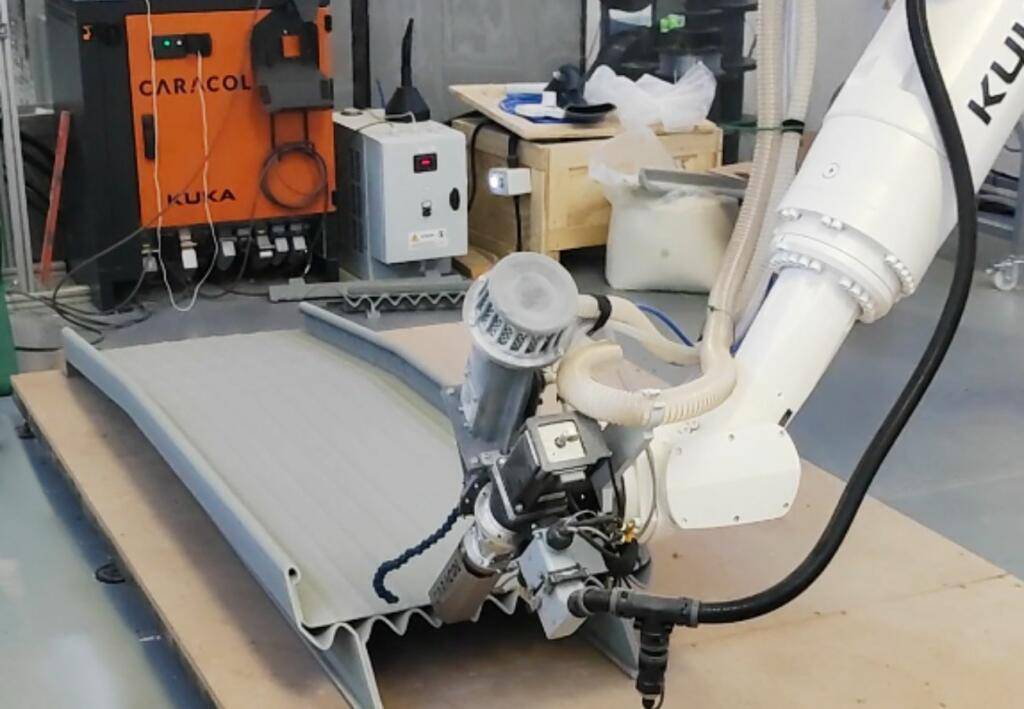In a recent development for the marine industry, Namthaja has introduced the world’s first 3D printed marine gangway. This innovative passageway, designed for the safe and efficient embarkation and disembarkation of crews, represents development in design and material technology.
Table of Contents
Specifications and Standards of 3D Printed Marine Gangway
The newly developed gangway measures 3 meters in length and 0.60 meters in width. It adheres to the stringent ISO 7061:2015 standards, which dictate the allowable deflection under specified testing loads. This gangway achieves a maximum deflection of only 40 mm when subjected to a load of 720 kg. It has undergone rigorous testing and received approval from the American Bureau of Shipping (ABS).

Key Features of the 3D Printed Marine Gangway
The Namthaja 3D Printed Marine Gangway boasts several remarkable features:
Corrosion Resistance: Constructed from composite materials, the gangway is resistant to corrosion, ensuring longevity and durability in marine environments.
Superior Load Capacity: The gangway can bear loads up to 750 kg with a deflection of less than 20 mm, surpassing the required standards.
Lightweight Design: Weighing 30% less than traditional metallic gangways, this design innovation significantly enhances ease of installation and handling.
Application of FGF 3D Printing
The production of this 3D Printed Marine Gangway leverages Fused Granular Fabrication (FGF) technology and printed on a Caracol Heron system. This process employs a robotic arm, eliminating the need for assembly benches and reducing the manual labor typically associated with gangway production. The result is a streamlined manufacturing process that enhances both efficiency and precision.
Caracol, an Italian specialist in additive manufacturing. Caracol is utilizing its cutting-edge large-format 3D printing technology to lead the way in marine 3D printing applications. Their Heron AM system is proving to be a game-changer in creating more sustainable, efficient, and customized structures for water vessels, including luxurious superyachts.

The selected material for the gangway is ASA-GF, a composite known for its UV and weather resistance. This makes it ideal for the challenging outdoor environments in which marine gangways operate. The low density of ASA-GF ensures a lightweight structure, while the incorporation of glass fiber significantly boosts strength and dimensional accuracy.
Endnote
Namthaja’s 3D printed marine gangway is a testament to the advancements in additive manufacturing and material science. By combining AM technology with innovative materials, Namthaja has created a product that not only meets but exceeds industry standards, setting a new benchmark for marine gangways.


